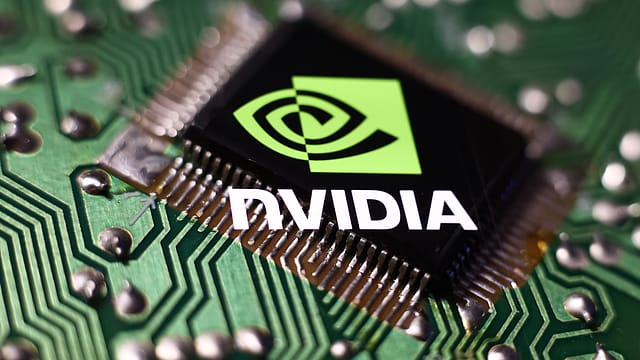Nvidia unveils AI-driven software to work on 6G tech
ADVERTISEMENT

Nvidia has unveiled an AI-driven software platform designed for researching 6G technology by simulating communication environments in the cloud. The telecom sector is increasingly integrating software and AI into various components, including RAN (radio access network) hardware such as base stations and antennas.
Nvidia's platform features an application that can replicate settings like individual cell towers or entire urban landscapes, enabling researchers and organisations to conduct real-time testing of 6G networks. Ansys, Nokia, Samsung, SoftBank Corp, and Northeastern University in Boston are among the initial users of this platform, according to Nvidia.
Ronnie Vasishta, Nvidia's senior vice president of telecom said, “The massive increase in connected devices and host of new applications in 6G will require a vast leap in wireless spectral efficiency in radio communications.”
An industry analyst mentioned that telecom equipment suppliers no longer solely dictate the mobile infrastructure market's direction and must collaborate with chip manufacturers and cloud service providers.
In another development on Monday, Nvidia said the company is deepening its ties with Chinese automakers like BYD in their race to dominate the self-driving vehicle and AI-infused infotainment markets globally. BYD, which overtook Tesla last year as world's leading electric vehicle maker, will harness Nvidia's next generation of in-vehicle chips, named Drive Thor, to enhance autonomous driving capabilities and digital functionalities, as per Nvidia.
January 2026
Netflix, which has been in India for a decade, has successfully struck a balance between high-class premium content and pricing that attracts a range of customers. Find out how the U.S. streaming giant evolved in India, plus an exclusive interview with CEO Ted Sarandos. Also read about the Best Investments for 2026, and how rising growth and easing inflation will come in handy for finance minister Nirmala Sitharaman as she prepares Budget 2026.
Danny Shapiro, Nvidia's Vice President for Automotive, stated that BYD plans to leverage Nvidia's technology not only for advancing autonomous driving but also for optimising manufacturing processes, refining supply chain operations, and creating virtual showrooms.
Several Chinese automakers, including BYD, Xpeng, and GAC Aion's Hyper brand, have announced expanded partnerships with Nvidia at the recent GTC developer conference in San Jose, California. Companies like Zeekr (Geely's subsidiary) and Li Auto had previously disclosed their intentions to utilise Nvidia's Drive Thor technology.
Chinese automakers, while seeking to bolster their presence in global markets such as Europe and Southeast Asia, are strategically tapping into Nvidia's advanced technology offerings to bridge the gap in international brand recognition. Concurrently, they're facing stiff competition from established Western brands like Tesla both domestically and abroad.
Apart from automotive collaborations revealed by Nvidia, the company announced partnerships with ‘Cerence’, a U.S. software company, to adapt large language model (LLM) AI systems for in-car computing. Additionally, Lenovo is teaming up with Nvidia to deploy large language models (LLMs), while Soundhound will utilise Nvidia's tech to develop an innovative in-vehicle voice command system for accessing information from a virtual owner's manuals through speech commands.
